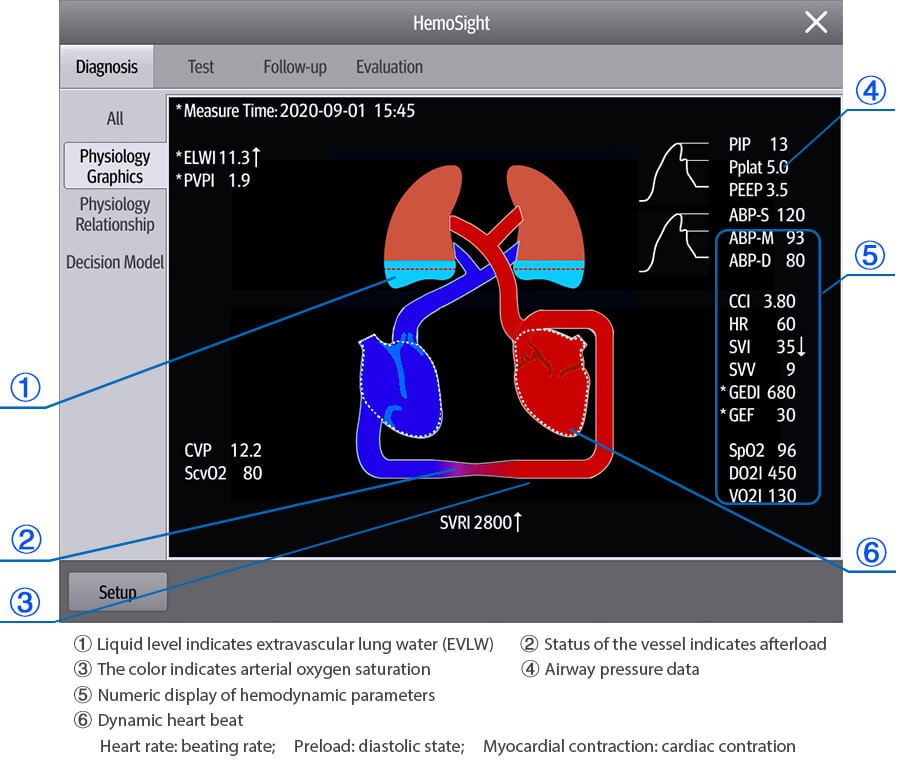Imagine how does it feel to lose your child and your loved ones to sepsis? The brutality of sepsis might haunt you for the rest of your lives.
Sepsis is the body’s overwhelming and life-threatening response to infection which can lead to tissue damage, organ failure, and death. It is a dire emergency that can kill the young or the old. It does not discriminate. It is not only a medical emergency, but also a global health crisis.

Sepsis accounts for 10% of Intensive Care Unit admissions and is associated with 10%–20% in-hospital mortality[1, 2]. 30 million people suffer from sepsis every year around the globe and every 3-4 seconds one dies of sepsis[3]. Data from last year showed that sepsis is more common than heart attacks.
This can be changed, as many lives could potentially be saved if taken care of early. Evidence showed that early treatment is associated with improved outcomes in these patients, and the ability to recognize the condition as soon as possible is therefore important[4].
Graphical clinical assistive applications from Mindray such as HemoSight, SepsisSight, and InfusionView turn data into clinically actionable information. Data from multiple clinical parameters are incorporated into innovative, intuitive views which allow clinicians—at the bedside—to catch trends in a patient’s condition at a glance.
SepsisSight initiates sepsis early recognition
SepsisSight triggers an alert for early recognition of sepsis, which coordinates the criterion of qSOFA and SOFA to ensure prompt response of clinicians to those patients with suspected sepsis. qSOFA and SOFA identify high-risk patients for in-hospital mortality with suspected infection. Use of SOFA scoring in clinical trials is already commonly performed and constitutes a routine component of data collection for clinical trials in the intensive care unit. A simplified method, qSOFA, facilitates easier identification of patients potentially at risk of dying from sepsis[5].

SepsisSight provides the above protocols to help clinicians screen and identify septic patients according to the Surviving Sepsis Campaign (SSC) guidelines.
HemoSight helps with fluid resuscitation
Despite current initiatives that are aiming to improve sepsis awareness and early treatment, patient outcomes still depend upon the performance of accurate interventions which rely on proper individualization of the treatment for each patient. Effective accomplishment of core interventions in sepsis demands a correct evaluation and requires a system that coordinates appropriate individualization.
As only approximately 50% of hemodynamically unstable patients in the ICU respond to a fluid challenge[6], indicators to guide fluid management in order to avoid positive fluid balance are needed. HemoSight provides a perfect hemodynamic monitoring solution, which not only includes a variety of measurement methods, such as ICG, PiCCO, ScvO2, C.O., but also provides comprehensive analysis tools. HemoSight focuses on the hemodynamic treatment process and provides appropriate tools for each stage.

Fluid responsiveness needs to be cautiously evaluated before the fluids are given to the patients. HemoSight can help reflect fluid responsiveness by integrating multiple ways including dynamic indices such as PPV/SVV.
For rapid fluid loading test or passive leg raise test, as the changes in cardiac output need to be closely and continuously monitored and recorded, the dedicated interface of Mindray HemoSight can ensure the quality of these maneuvers and reduce the distress brought by the workload.

Remarkably, the application is able to analyse these clinical data and present the results in a graphic display. And despite abundant information overloading in the ICU, the visualization of HemoSight enables a holistic understanding of hemodynamic status, and the integration facilitates better study on heart-lung interactions. The graphic information is vital for clinicians to grasp the patient’s status within seconds, and make confident clinical decisions efficiently in high-stress scenarios.
InfusionView provides close monitoring during vasopressor use
When septic patients are given vasopressor to treat severe hypotension, InfusionView offers the real-time review of patient’s vital signs, and combined with vasopressor usage it helps clinicians easily observe patients response to different dosage and rates so to better individualize treatment.

Furthermore, InfusionView also enables clinicians to be more agile to the side effects such as arrhythmia or bradycardia through timely alerts once these adverse effects are detected by patient monitor.
Mindray's complete sepsis solution offers these comprehensive tools to allow clinicians to stay calm and confident while facing complex scenarios, and assists their life-saving procedures effectively and efficiently.
Reference:
[1] Cohen, J., et al., Sepsis: a roadmap for future research. Lancet Infect Dis, 2015. 15(5): p. 581-614.
[2] Angus, D.C. and T. van der Poll, Severe sepsis and septic shock. N Engl J Med, 2013. 369(9): p. 840-51.
[3] Organization., W.H., WHO Report on the burden of endemic health care-associated infection worldwide. . 2017-11-21. 15:11:22 2011.
[4] Kempker, J.A. and G.S. Martin, A global accounting of sepsis. The Lancet, 2020. 395(10219): p. 168-170.
[5] Marik, P.E. and A.M. Taeb, SIRS, qSOFA and new sepsis definition. Journal of thoracic disease, 2017. 9(4): p. 943-945.
[6] Marik, P.E., X. Monnet, and J.-L. Teboul, Hemodynamic parameters to guide fluid therapy. Annals of intensive care, 2011. 1(1): p. 1-1.
